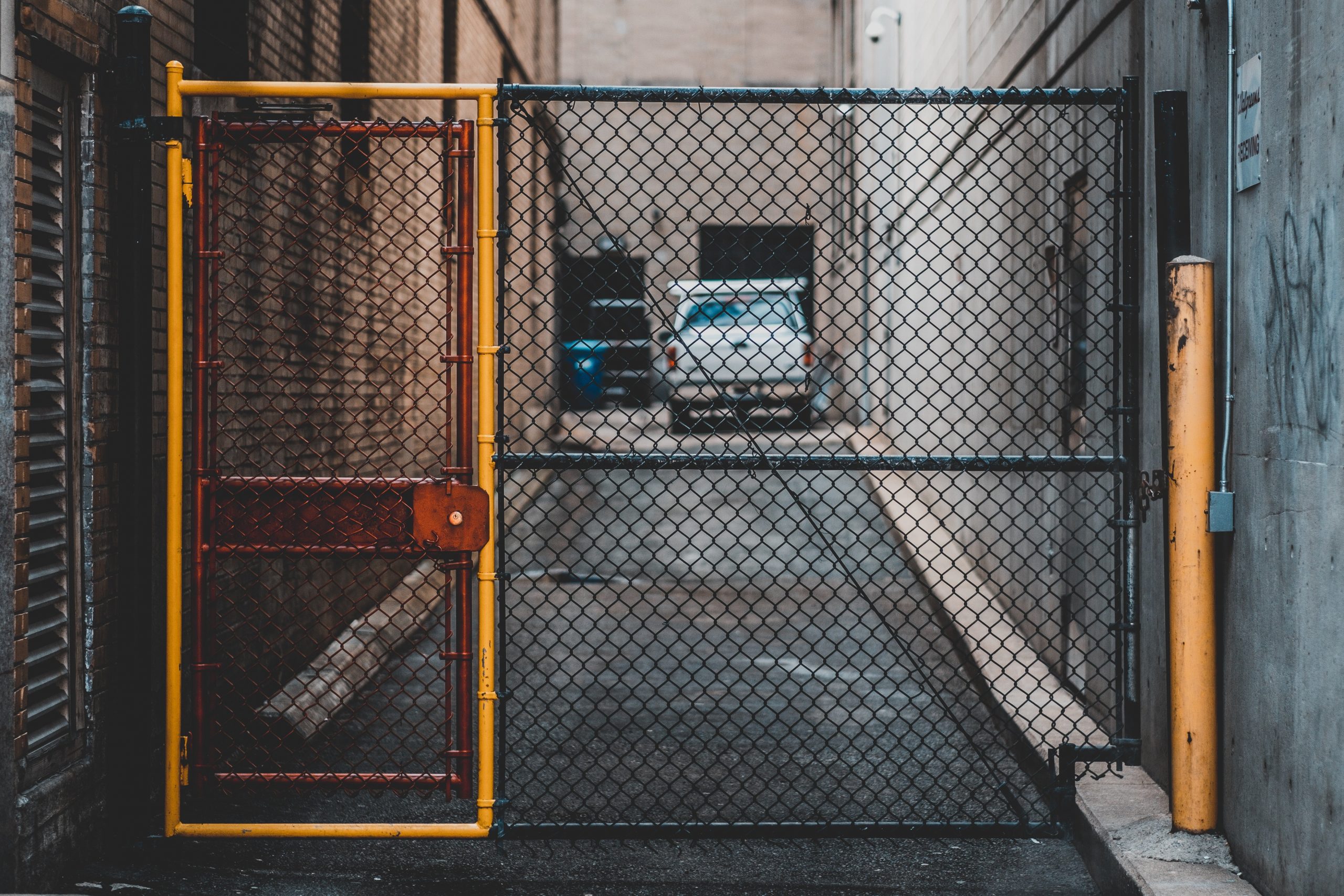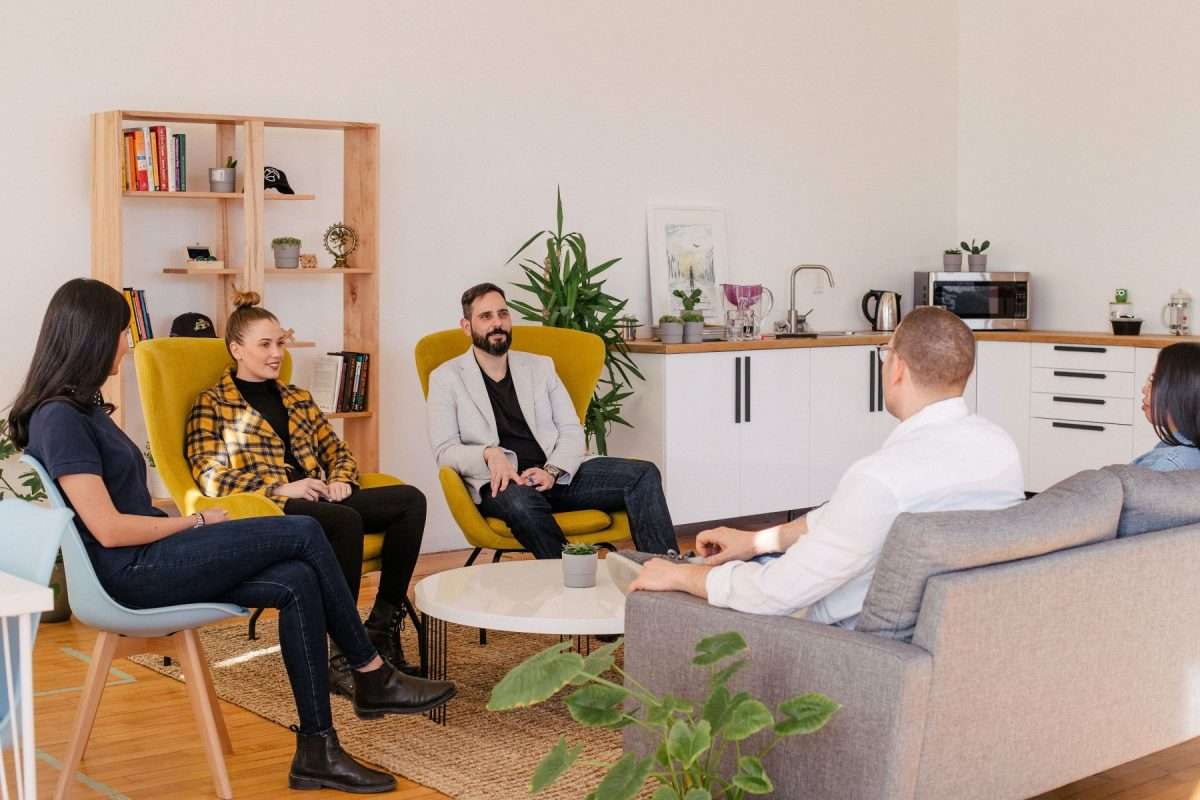We can’t overcome barriers if we don’t know what they are. Especially when it comes to recovering from addiction.
When you start realizing you need help with substance abuse issues, what’s the first step? Often the whole idea of “getting help” seems confusing, overwhelming, and full of barriers.
“Participation in treatment has generally been associated with positive outcomes among substance abusers. To achieve these benefits, however, it is necessary for substance abusers to enter treatment in the first place—a significant problem in many settings.”
(Study: “Treatment barriers identified by substance abusers assessed at a centralized intake unit” by R., Rapp, et al.).
Here’s an important truth: Get assessed first. If you’ve used drugs or drank moderately to heavily for a long time, it’s crucial to see a clinician knowledgeable in substance use disorders for an assessment. This way you’re aware of your status, options, and the issues around stopping use/drinking.
Without assessment, you may think things “aren’t so bad” and you can “just quit right now.” This is dangerous for your health! For example, a person who drinks a lot or relies heavily on benzodiazepines, such as diazepam (Valium), should not try to detox themselves! Not only is it uncomfortable, but you’re actually putting your life at risk.
Even so, research shows that only a small fraction of those who need treatment actually seek it out. Why is that?
We put together the major barriers below. The ones we hear about frequently, as well as the barriers given by people in recovery. Finally, we’ll conclude with ways to address these barriers.
The Biggest Barrier to Addiction Treatment: Money/Payment for Treatment Services
Our Director has spent a lot of time at various events and venues over the years. She always asks people what they think is the #1 barrier to seeking help for substance use disorders at a treatment center.
Guess what nearly everyone answered. That’s right: “Money.”
This perception is understandable. In the past, treatment programs gained a public perception of being terribly expensive. However, this perception is also misguided. You may be surprised to know that there are ways you can enter treatment—even if your finances are in shambles.
Numerous municipalities (cities, counties) provide treatment on a sliding scale or cost-free basis. Only so many slots exist for these programs, of course. Many have waiting lists. If you’re interested in one, you’ll need to stay persistent in trying to get in. This doesn’t mean you’re unable to get help in the meantime. You can still go to self-help meetings such as AA or NA for support while on a treatment waiting list.
If that’s not a possibility, treatment centers such as Support Systems Homes help every individual with finding payment assistance. Since we provide various levels of treatment, you may qualify for a program or fee reduction. We (and many other centers) even help you apply for them.
Do you have health insurance? Great! Treatment centers will also check your insurance benefits and eligibility if applicable. If not, some accept Medi-Cal (in California), so make sure you discuss these options when you call.
Treatment Barriers 2 and 3: Stigma, and Denial
The next most common barriers to treatment people emphasized fall under “stigma” – shame, fear of people finding out, and fear of losing their job. All of which are potent motivators against seeking treatment.
There are also those who simply don’t want to stop using or drinking. “I don’t have a problem. I can quit anytime I want.”
This isn’t ‘denial’ in the same way as stigma. A person who behaves this way does deny themselves something vital though—they deny themselves a better life.
How then do we address these issues, so people can get the help they need?
On a society-wide level, we can continue educating on addiction. Keep working to reduce the stigma of those with addictions. Work so that shame is no longer a barrier and people feel free to seek help for their struggles. We need to continue re-framing how we view and talk about addiction so that we treat it as we do other diseases. While progress has been made and stigma reduced, it still exists.
Continuing to improve access to treatment by making sure people know how to connect with treatment programs, disseminating information about treatment options, advocating for more and better insurance coverage and supports for those who are indigent is key.
If the necessary information is out there (and it’s growing), it will help people overcome their fears and reach out to systems, community-based organizations, and programs that can help them.
We Can All Help Each Other Overcome the Barriers to Seeking Treatment
If someone doesn’t want to stop using, family members and other loved ones can consult an interventionist, medical professional, therapist, or treatment center for assistance. This way you keep a line of communication open to your loved one, while taking action to break down a barrier for them.
Numerous free community supports and resources exist, for family members and friends of those with substance use disorders: Alateen, Narateen, Alanon, and the Nar-Anon family groups. Private therapy and family therapy are options as well. Links to these groups are on our Resources page.
If your friend or loved one doesn’t want treatment due to these barriers, you’re welcome to call Support Systems Homes and discuss their situation with us. Our intake staff will provide you with guidance about their options and resources. Nobody can force a loved one to seek treatment…but by working together we can help them heal.




